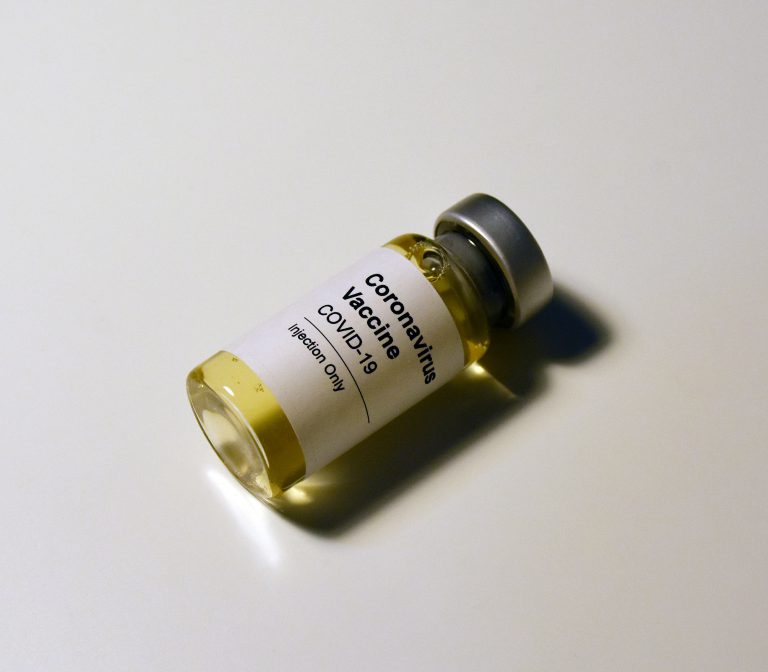A recent study by researchers from Tokyo Medical and Dental University shows the possibility of slowing or stopping the onset of pathological developments in neurons. This opens the door to finding definitive cures for Alzheimer’s disease. About 24 million people live with the disease worldwide, with five million people live with the disease in the U.S. Alzheimer’s is characterized by progressive memory loss and difficulties in speech and cognition and affects the quality of life and emotional health of not just the patients but also their caregivers.
In addition to it having no cure as of today, Alzheimer’s is also not yet fully understood as a condition because the symptoms vary between patients and manifest at different times. In the same study, the researchers have found that examining the mild cognitive impairment (MCI) phase might provide clues. The development from MCI to Alzheimer’s must be quantified to provide more insight into the way the disease progresses.
However, it is not an easy process, according to Hikari Tanaka, the lead author of the study. “Neuronal death, is obviously very important in the development of Alzheimer’s, but is notoriously difficult to detect in real time because dying cells cannot be stained using chemical or immunohistological methods,” he said.
Their team used a biomarker to detect levels of degeneration in neurons to let them see how necrosis or cell death happens at different stages of the disease. When they used this biomarker, they found that greater neuronal death happens during MCI, which is actually much earlier than what was theorized. In the past, it was thought that cell death was a terminal-stage pathology, and researchers thought that necrosis occurred more during full-blown Alzheimer’s disease.
The study, however, suggests that the timing of cell death is earlier and more significant in the progression of the pathology. This suggests that early detection and prevention may be a vital part of future treatments.
Notably, the researchers also found strong links between a protein called YAP and Alzheimer’s disease. Missing YAP is linked to neuronal toxicity and interferes with the production of another protein, TEAD, which prevents neuronal necrosis. The researchers, however, remain unclear as to why YAP interacts with proteins that cause neurodegeneration.
Implications for treatment
The researchers believe that these are momentous findings toward finding a cure for Alzheimer’s. “Confirming that neuronal necrosis was dependent on YAP was really the pivotal moment for us, but observing the almost transformative effects of YAP supplementation was hugely exciting,” said senior author Hitoshi Okazawa of the university’s Medical Research Institute.
A YAP analog restored cognitive function and prevented further neuron death in mice with Alzheimer’s disease. The researchers injected a gene therapy treatment into the cerebral spinal fluid of mice, and it showed the prevention of early-stage neuron loss in the test subjects.
“By showing that neuronal necrosis is YAP-dependent and begins before the onset of most symptoms, we predict that novel Alzheimer’s disease therapies will be developed to prevent the initiation of Alzheimer’s disease,” said Okazawa.
Although there are no treatments at present, this discovery is a significant step toward developing more concrete research in restoring cognitive function after neuron loss and may lead to formulating treatments in the future.
Read and subscribe to Dose of Healthcare for more developments in the health sciences.
















